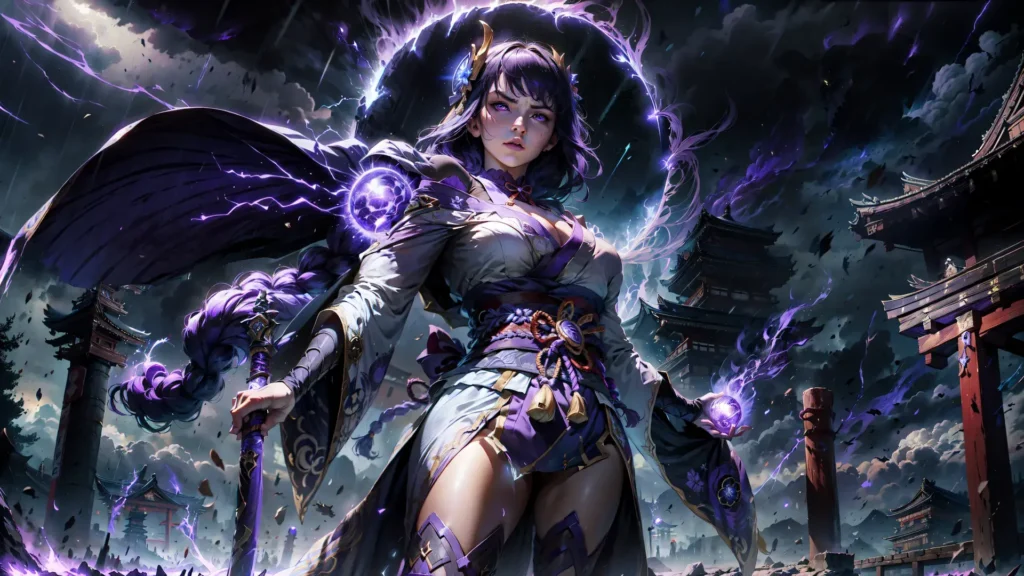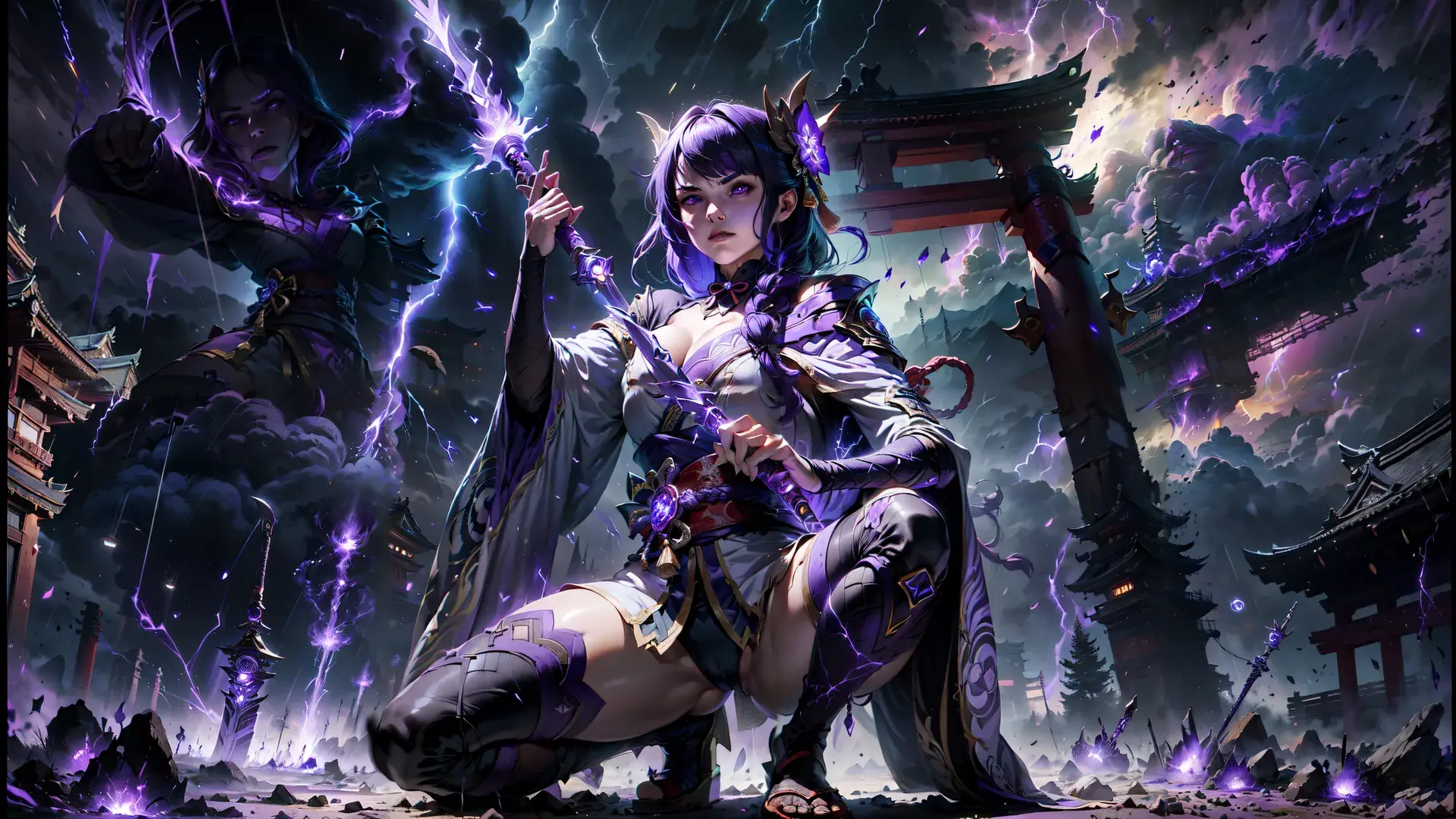Shogun History: Understanding Japan’s Legendary Warrior Leaders – The history of Japan is rich with tales of warriors, emperors, and legendary figures. Among these, the Shoguns stand out as some of the most iconic and influential leaders in Japanese history. From their rise to power to their eventual decline, the story of the Shoguns is one of power, politics, and tradition.

Introduction to Shogun History
The term “Shogun” originates from the Japanese word “Sei-i Taishogun,” which translates to “Commander-in-Chief of the Expeditionary Force Against the Barbarians.” In essence, a Shogun was a military dictator who held de facto control over Japan, ruling on behalf of the Emperor. The institution of the Shogunate played a pivotal role in shaping Japanese society and politics for centuries.
Origins of Shogunate
Feudal Japan was characterized by a decentralized power structure, with various warlords, or daimyo, vying for control over different regions. It was during this period of instability that the concept of the Shogunate emerged. The first Shogunate, known as the Kamakura Shogunate, was established in 1185 by Minamoto no Yoritomo, marking the beginning of Shogun rule in Japan.
The Ashikaga Shogunate
Following the decline of the Kamakura Shogunate, Japan entered a period of civil war known as the Sengoku period. It was during this time of chaos and conflict that the Ashikaga Shogunate rose to power. Founded by Ashikaga Takauji in the 14th century, the Ashikaga Shogunate played a crucial role in stabilizing Japan and promoting cultural advancements such as the tea ceremony and Zen Buddhism.
Tokugawa Shogunate: The Golden Age
The Tokugawa Shogunate, also known as the Edo Shogunate, is perhaps the most famous period of Shogun rule in Japan. Established by Tokugawa Ieyasu in 1603, the Tokugawa Shogunate brought about a period of peace and prosperity known as the Edo period. During this time, Japan experienced economic growth, urbanization, and the flourishing of arts and culture.
Decline of the Shogunate
Despite its initial success, the Tokugawa Shogunate faced numerous challenges, including economic stagnation, social unrest, and pressure from Western powers seeking to open Japan to trade. The arrival of Commodore Matthew Perry’s fleet in 1853 marked the beginning of Japan’s encounter with the outside world and ultimately led to the downfall of the Shogunate.
End of the Shogunate
The Meiji Restoration of 1868 signaled the end of the Shogunate era and the beginning of Japan’s modernization efforts. Emperor Meiji, with the support of loyalists and reformers, abolished the Shogunate system and centralized power under the Imperial government. Japan embarked on a path of rapid industrialization and modernization, transforming itself into a major global power.
Legacy of the Shogunate
Despite their eventual demise, the Shoguns left a lasting legacy on Japan’s history and culture. Their influence can be seen in various aspects of Japanese society, from martial arts and literature to politics and governance. The tradition of the Shogunate continues to capture the imagination of people around the world, serving as a symbol of Japan’s rich and complex past.
Conclusion
The history of the Shogunate is a testament to the resilience and adaptability of Japanese society. From its humble origins to its eventual decline, the story of the Shoguns reflects the dynamic nature of power and authority. By understanding the legacy of the Shogunate, we can gain insights into Japan’s past and appreciate the cultural heritage that continues to shape the nation today.
FAQs (Frequently Asked Questions)
1. What is a Shogun? A Shogun was a military dictator who held de facto control over Japan, ruling on behalf of the Emperor.
2. How did the Shogunate system emerge? The Shogunate system emerged during the feudal period of Japan as a means of centralizing power and maintaining stability.
3. Who was the most famous Shogun in Japanese history? Tokugawa Ieyasu is often regarded as the most famous Shogun, known for establishing the Tokugawa Shogunate and ushering in a period of peace and prosperity.
4. What led to the decline of the Shogunate? The decline of the Shogunate was attributed to various factors, including economic stagnation, social unrest, and pressure from Western powers.
5. What is the legacy of the Shogunate? The legacy of the Shogunate is evident in various aspects of Japanese culture, from martial arts and literature to politics and governance.




